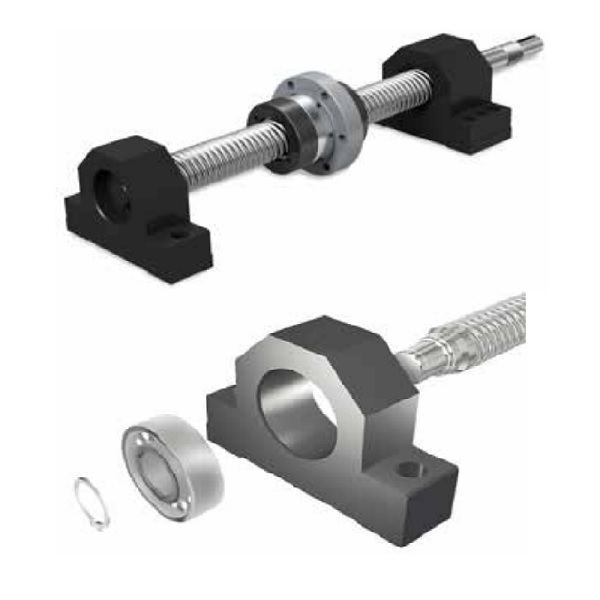
Electric Cylinders - What They Can Be, and Why You Ought To Be Utilizing Them
Electric Cylinders (or electro-mechanical cylinders) are captive linear
actuators designed being a modular system. As a result of lower maintenance
costs, enhanced motion control, along with a long list of additional benefits,
electric cylinders are rapidly replacing pneumatic cylinders in multiple
industries.
Electric Cylinders (or electro-mechanical cylinders) are captive
linear actuators designed as a modular system.
On account of lower
maintenance costs, enhanced motion control, as well as a long list of additional
benefits, electric cylinders are rapidly replacing pneumatic cylinders in
multiple industries. This extremely versatile linear motion product provides
internal guiding and anti-rotation features ideal for z-axis and z-theta
dual-axis designs. Another unique feature associated with an electric cylinder
is the tubular structure, which shields the leadscrew or ball screw from dust,
dirt, and also other environmental factors, allowing it to operate in harsh
conditions. Additional benefits include:
Accurate control of speed,
position, and force
Smaller in dimensions
Easy synchronization of
multiple axes
Increased efficiency vs. hydraulic systems
Green (decrease
in energy consumption, no usage of oil, or hazardous fire resistance fluids)
Ideal for high-temperature and clean application environments
Longer
product life
Easy installation
Smooth, quiet operation
Highly
customizable

Engineers can configure electric cylinders which has a large choice of potential
options, including different mount types like trunnion mounts, mounting feet,
and ISO plates.
End effector customizations include imperial or metric
threaded ends, clevis, or internal threads to mount other adaptors specific in
your project. Electric Cylinders could be built with lead screw drives to keep
costs low, prevent back driving, and give anti-backlash options. Or, ball screws
drives can be incorporated when higher efficiency and load-speeds are expected.
Standard electric cylinder sizes accept NEMA 17 and 23 motors in double or
single stack lengths. Optional encoders can be added. Other positioning
accessories include home position sensors, limit sensors, end of travel sensors,
and linear potentiometers. When newer linear motion is essential, adding a servo
motor will produce more consistent torque across an array of speeds. Smart
motors are an alternative and provide a plug-and-play choice for an onboard
drive and programmable controller. These numerous configuration options make
electric cylinders unique and highly-customizable linear motion products.
Common ways to use electric cylinders are located both in the packaging and
food processing industries. Other applications include pick-and-place lab
automation functions, semi-conductor/wafer processing, and in the farming and
agricultural industries. The technology and interface of electric cylinder
linear actuators provide quick, economical change-overs and broader
functionality, making them a brilliant selection for various linear motion
systems.
For more details about xi lanh dien have a look
at the best webpage.